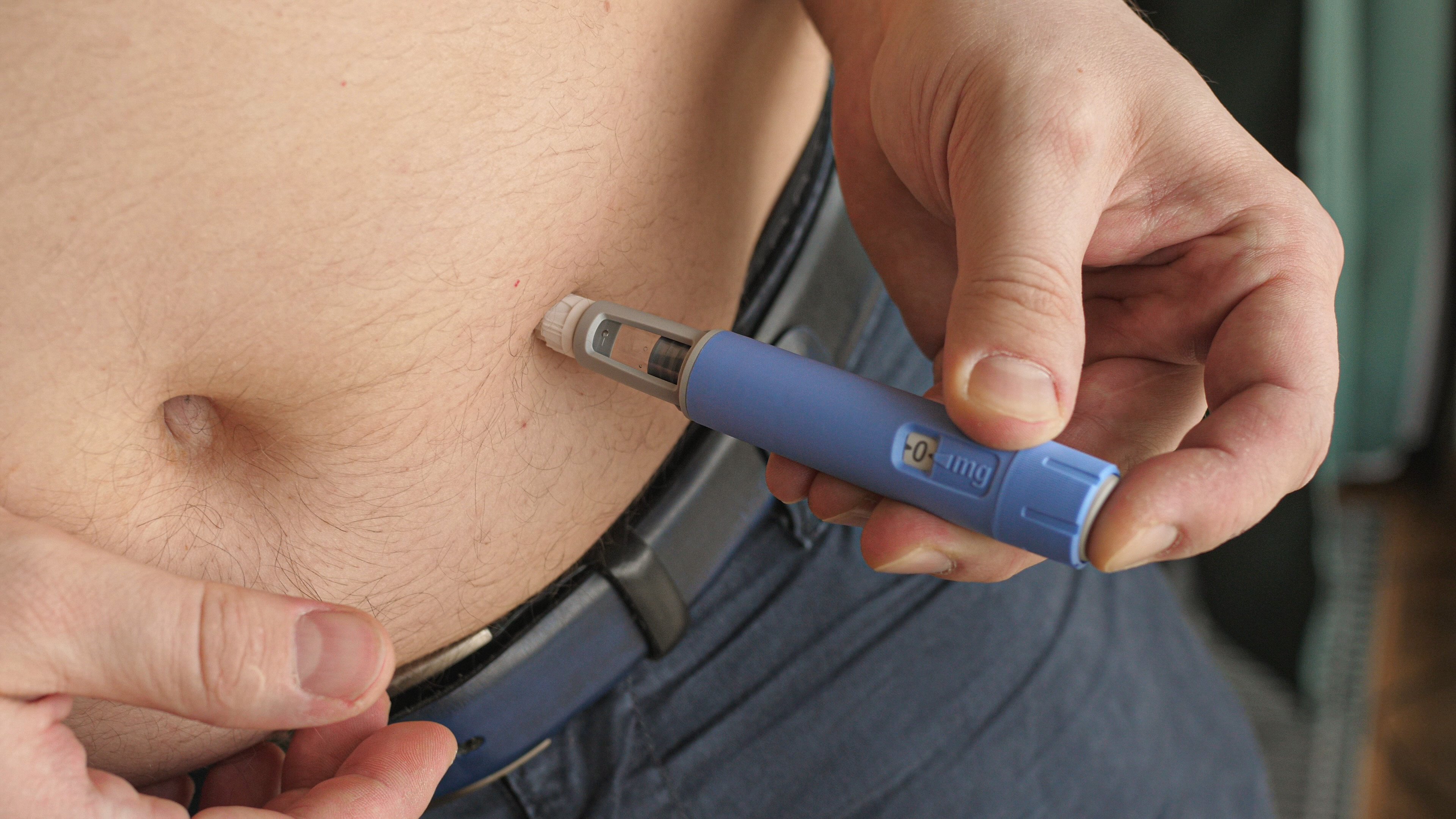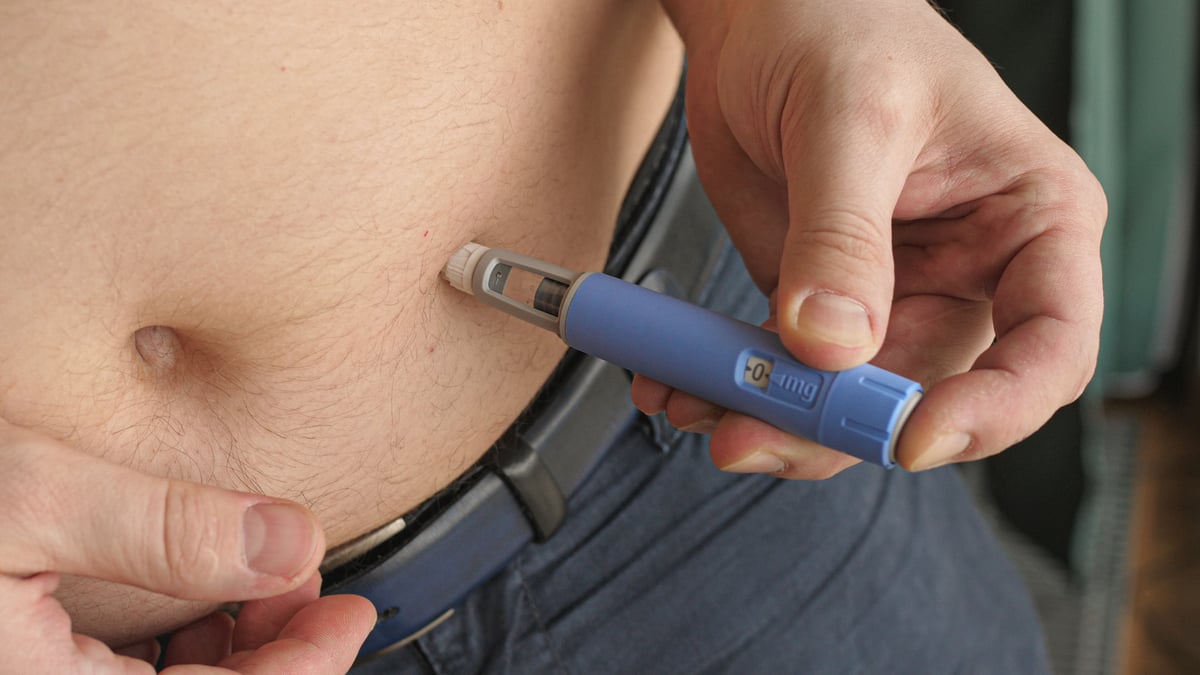Back in 2023 and 2024, share prices in Eli Lilly (LLY 1.29%) skyrocketed over investor excitement surrounding the potential of the pharmaceutical company's GLP-1 diabetes treatments and weight loss therapies. But since that initial enthusiasm wore off roughly 15 months ago, it's been a different story: Since mid-2024, share prices have stayed rangebound, trading for between $700 and $900 each.
Lately, issues like tariffs have affected price performance, but valuation concerns have likely contributed the most to the stock's less-than-stellar performance during this time frame. Shares currently trade at a forward price-to-earnings (P/E) ratio of around 27. For comparison, Novo Nordisk (NVO 2.30%), another pharma stock benefiting from the GLP-1 trend, trades for only 14 times forward earnings.
While Lilly may appear pricey compared to current results, don't rule out the chances of this stock doing more than just catching up to its valuation over the next five years.

Image source: Getty Images.
Unabated GLP-1 growth and a promising pipeline
For several years, Lilly's GLP-1 medication tirzepatide has been its main driver of revenue and earnings growth. It's marketed for diabetes treatment under the Mounjaro brand name, and for weight loss as Zepbound. Combined sales for the drug totaled $5.3 billion in 2023 and $16.5 billion in 2024.
But despite this fast track to blockbuster drug status, don't expect this medication to peak in sales anytime soon. During the first half of 2025, tirzepatide sales under both brand names totaled $14.7 billion. Better yet, healthcare industry forecasts call for further tirzepatide sales growth. Five years from now, annual sales for Mounjaro and Zepbound are forecast to top $62 billion.
Meanwhile, Lilly has another promising obesity treatment in its pipeline; orforglipron, a pill-based product, has performed well in clinical trials and could hit the market by year's end. Sell-side analyst forecasts call for orforglipron's annual sales to hit $12.7 billion by 2030.
Outside of obesity and diabetes treatments, the company has a few more promising drug candidates in the therapeutic areas of cancer, immunology, neurodegenerative diseases, and pain management.

NYSE: LLY
Key Data Points
Is the stock a buy?
Considering just revenue growth from diabetes and obesity treatments, Eli Lilly could add nearly $60 billion to annual sales by 2030. As trailing-12-month (TTM) revenue currently stands at around $53.2 billion, that means total sales could more than double over the next five years.
Given the potential for margin expansion on increased sales, this may have an even more dramatic impact on earnings growth and help pull down Lilly's currently elevated forward P/E ratio to levels more in line with its peers. Now for the big question: How much could future growth impact Lilly's stock price, and does that make shares a buy today?
It may take time to fully play out, but I believe there's a path for shares to deliver outsize returns over a five-year time horizon. Compared to competitor Novo Nordisk, not to mention other large-cap pharmaceutical stocks, I would say Eli Lilly remains one of the strongest opportunities in the sector.





